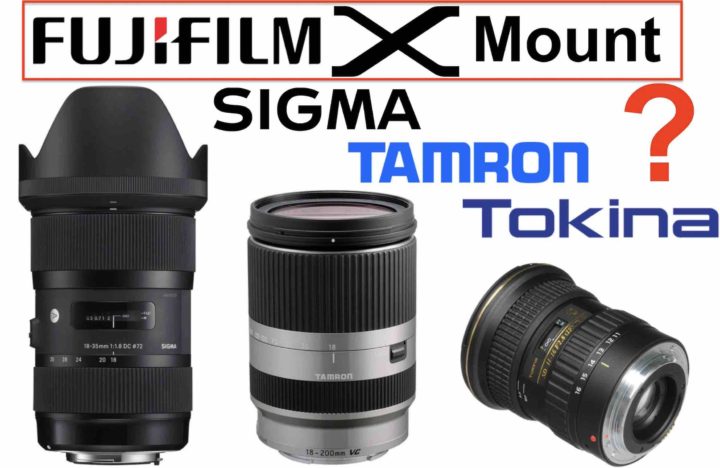Organic Sensor to be Used in This Panasonic Camcorder in Early 2019

Organic Sensor
L-rumors.com just shared the image of the first Panasonic 8K camcorder featuring an organic sensor and they also shared some specs:
- Camcorder coming in late 2019, as Panasonic officially said here
- Global Shutter (exposes all pixels at the same time and read the data all at once). This will at last kill the distortion caused by rolling shutters.
- 88 at 60fps
- Panasonic said the sensor has “high sensitivity” and “wide dynamic range” but did not share exact numbers
- It has a step less electronic ND filter (Panasonic said it does NOT chabge color balance when using it)
- Sensor can switch between “high-sensitivity” mode and “high-saturation” mode
I remind you that just recently here, Panasonic said that the development of the organic sensor with Fujifilm continues. This could be the first application in a digital camera for this sensor.
In December 2014 our sources told us here, that there is a crucial problem to be solved with the organic sensor: heat generation (and battery drain).
The Fujifilm/Panasonic organic sensor cooperation itself was officially announced back in June 2013 here.
Let’s hope this good thing will finally be mirrorless camera fit. Sony needs some competition in the sensor business ;).




